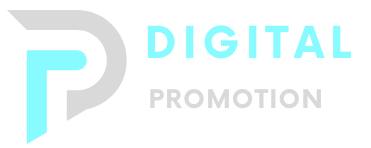Crawling is the process by which search engine crawlers scan the web to discover, index, and update content on websites. This automated activity involves systematically traversing webpages through hyperlinks, extracting data such as text, images, and metadata, and then storing this information in the search engine’s index. Crawling is a critical function that enables search engines to provide up-to-date and relevant results to user queries.
The efficiency of crawling is influenced by various factors, including website architecture, content structure, and the use of directives such as robots.txt files that guide crawlers on which pages to access. Optimizing a website for crawling involves ensuring that pages are easily navigable, free of technical errors, and properly linked. This, in turn, improves the overall search engine visibility of the website and enhances user experience.
For businesses, effective crawling is essential for maintaining an accurate and comprehensive search index. It directly impacts how quickly new content is discovered and how often existing content is updated in search results. As such, ensuring that websites are crawler-friendly is a foundational aspect of technical SEO and digital marketing best practices.
